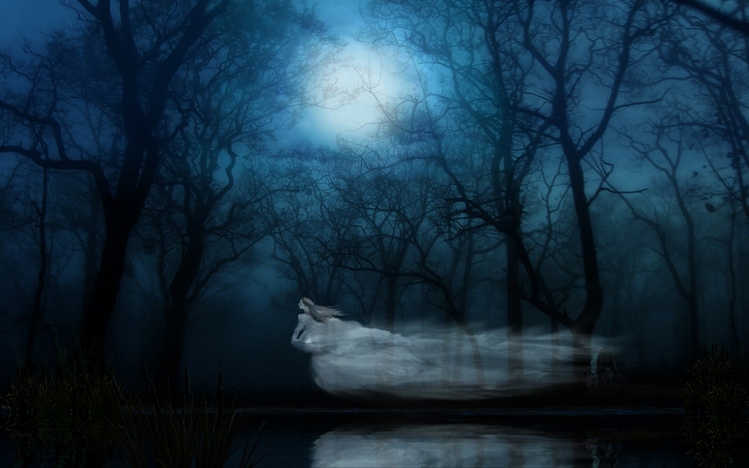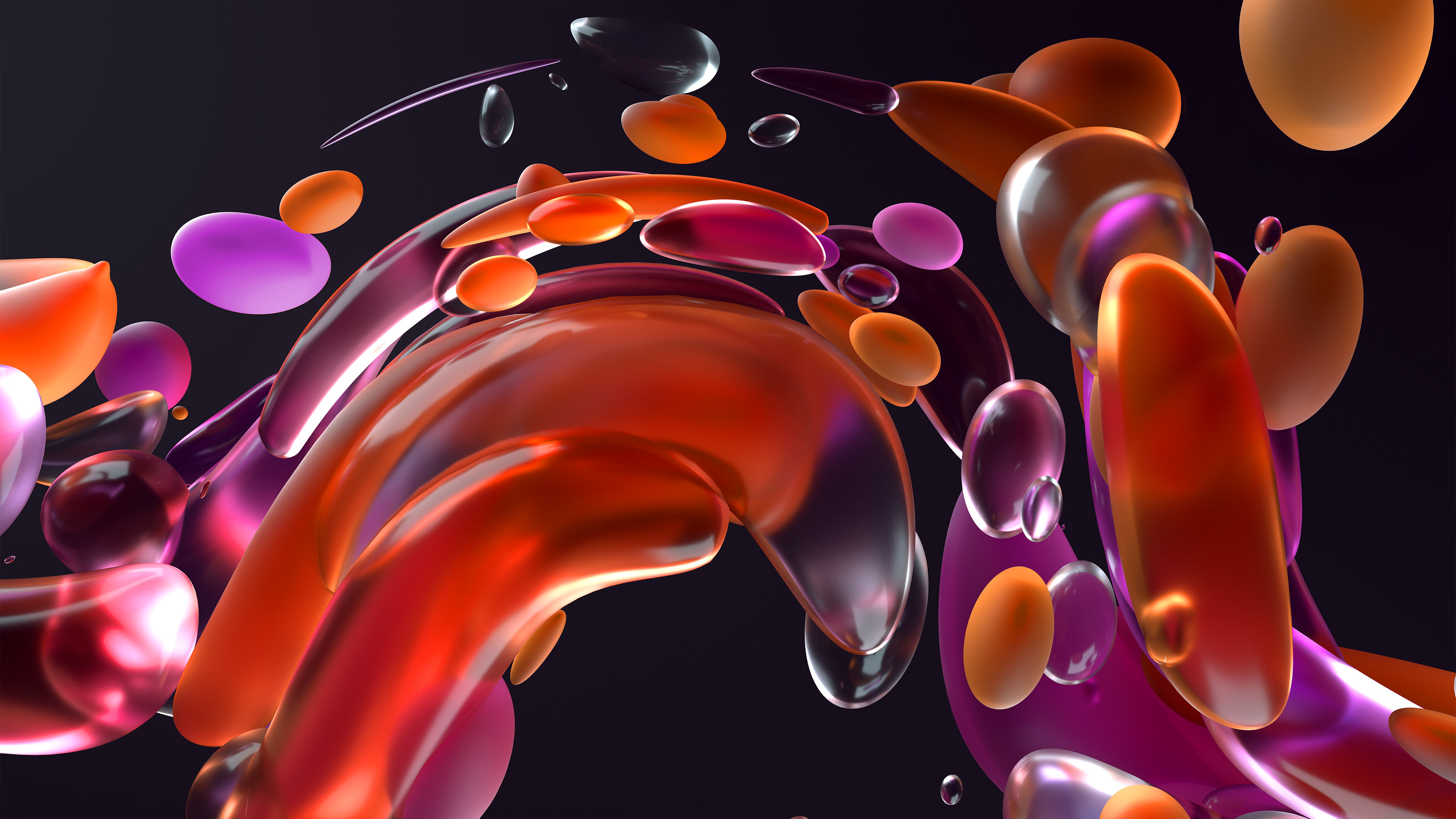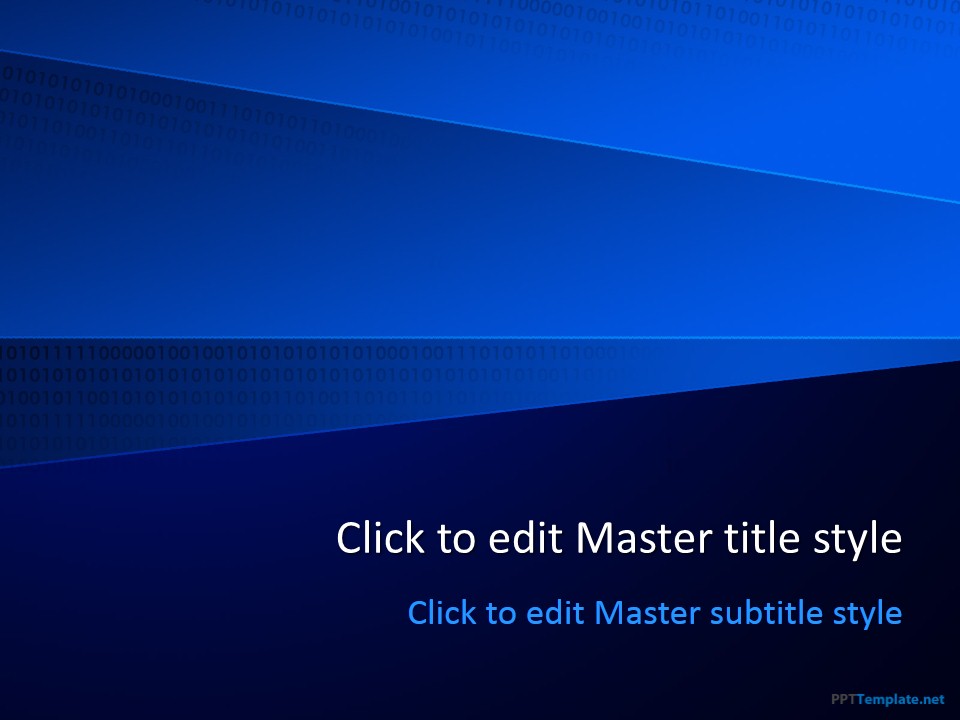

But feel free to use even the 400 or 300 tonal value. I have used a tonal value of 200 in this case. But in dark theme use a less saturated color from the same color palette. In light theme, the illustration used a highly saturated green color with a tonal value of 800. In the below image I am going to show you the design treatment when the component has a default dark color.ĭesaturated colors for Dark Theme Illustrations. One that uses the default dark color (#121212) and one that uses a primary color. I am going to show you an example with the dragged state of a component. All the shadow, overlay and stroke settings are available in the UI Kit. Statesĭesigning dark theme for different states of a component is easy and straightforward.

This is because of the ‘Dark Theme Baseline Palette’ that we took a look at before.īut if you choose to use a different color for error states, just make sure that they satisfy the 4.5:1 contrast ratio. The red color (#B00020) is the default error color for the light theme. 40% opacity ensures that the contrast ratio is met. In this case, it is a bright red with a semi-transparent overlay with 40% opacity. The guidelines specify the exact color to be used for error states. And if the choice of text color is 100% white, then you don’t have to apply any contrast ratio at all in this case.īut if the text has your brand color, then test for the 4.5:1 contrast ratio. If you choose to have a background with the default dark color, then you only need to test for the 4.5:1 contrast ratio. The color difference is negligible between 16dp and 24dp elevation. But in the image above I have taken a Navigation Bar having an elevation of 16dp as an example. As per the guidelines, a dialogue modal has an elevation of 24dp. When testing your colors make sure that you test them at the highest elevation level of 24dp. Step 1ĭecide on whether you are going to go for a background with the default color or your primary color. But do not worry, as I am here to your rescue. I know that this is super hard to comprehend if you have never worked with contrast ratios before.

Surface with a primary color (Dark Theme).And here are the elements that play a role in the contrast ratio. So as I mentioned there are 2 contrast ratios that need to be satisfied. Shades with tonal values that range from 50–400 are the most appropriate colors for dark theme. It’s because Dark Theme works well with desaturated colors. And any color shade other than the 200 tonal value is considered as a primary variant for the dark theme. So in this case, any color shade other than the 600 tonal value is considered as a primary variant for light theme. Primary Variant: Any shade of the primary color is called a Primary Variant.Google recommends using the color that has 200 as the tonal value as the primary color for dark theme. But for dark theme, the primary color shifts to a desaturated color shade. However, this is the primary color for light theme. In the above case, the tonal value of the primary color is 600. This is based on the saturation of the primary color.
DARK THEME ANDROID STUDIO GENERATOR
Primary Color: When you input the primary color value, the color palette generator will assign a tonal value to your primary color.They are used only to identify a certain shade of the color palette.

DARK THEME ANDROID STUDIO CODE
These code components will automatically apply the elevation and color. Ask the dev to use the code components provided by Google. There are 2 ways to hand this off to the dev. You cannot add 2 layers of color to a single element in Adobe XD. Then set the opacity of the duplicated layer to 9%. You will have to create a duplicate of the base layer (#121212) and then change the color of the duplicate to White. If you are using a tool like Adobe XD, the process is a little different. The elevation and overlay values are available in the UI Kit provided by Google. Higher the elevation, the higher the opacity of the overlay. In this case, the App bar has an elevation of 4dp. This value varies based on the amount of elevation. The opacity of that overlay has been set to 9%. On top of the base layer, there is a white semi-transparent overlay. As you can see the app bar is made up of 2 layers.


 0 kommentar(er)
0 kommentar(er)
